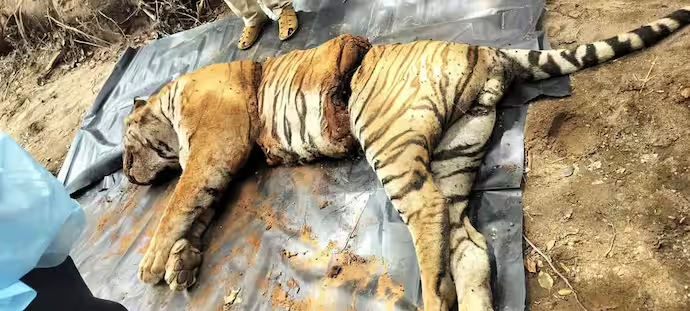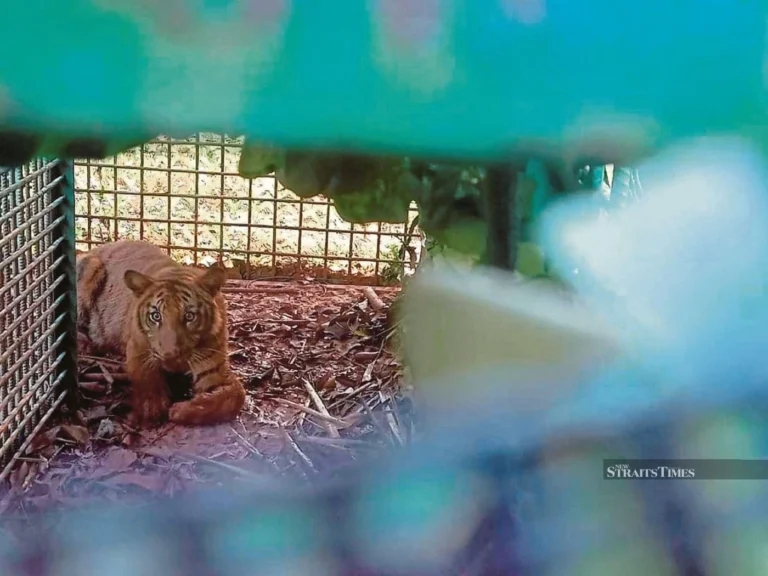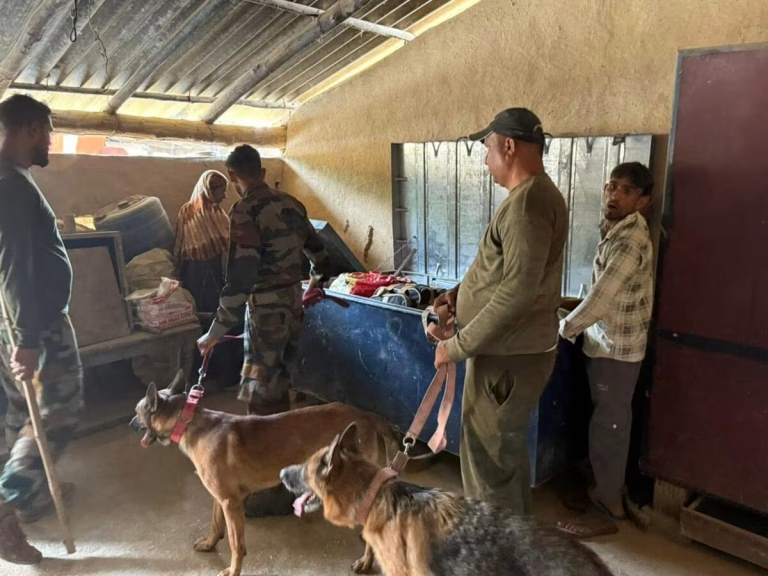Malaysia’s wildlife authority has drawn a straight line between a freshly poached Malayan tiger and the money trail that runs far beyond the country’s borders. Datuk Abdul Kadir Abu Hashim, Director-General of the Department of Wildlife and National Parks (PERHILITAN), says the female tiger found in FELDA Tenggaroh, Mersing, Johor was “specifically targeted” to satisfy overseas syndicates that place orders and pay premium prices. Credible—but where is the candour about weaknesses that leave tigers exposed?
According to Abdul Kadir, a single tiger can fetch RM250,000–RM300,000 (about US$59,000–US$71,000), with prices rising as animals grow scarcer and trafficking groups compete. When one carcass pays a house deposit, poachers keep coming—unless the system kills profit and closes the usual holes.
The case fits a familiar pattern: three suspects, a carcass, and an international pipeline. PERHILITAN says intelligence work is intensifying under Operasi Bersepadu Khazanah (OBK). Good—but the market moves money, messages, and contraband faster than government. Matching that speed demands uncomfortable questions about PERHILITAN’s performance, not just “overseas syndicates.”
Abdul Kadir
Start with the basics. Only around 150 Malayan tigers are thought to remain in the wild. If that is true, every breeding female is a high-value national asset that warrants continuous protection. Are OBK patrols actually covering known snare corridors at night, during monsoon months, and along plantation edges where traps are routinely set? How many patrol hours and kilometres were logged in Johor this quarter, and how does that compare with seasons when snaring spikes?
Speed and transparency matter. What is the time from first intelligence to boots on the ground; from arrest to charge; and from charge to sentence? If arrests collapse because files are not built to financial-crime standards, that failure sits with the system. Which cases in the last 24 months identified financiers, transporters, and buyers—not just the snare-layer? How many bank accounts were frozen under anti-money-laundering powers? How much OBK funding is ring-fenced for analysts, digital forensics, and follow-the-money work?
Border rhetoric is easy; interdiction is hard. Do exit points have canine units trained for wildlife parts on every shift, or only for photo ops? Are scanners calibrated for organic contraband? How many consignments were opened on risk flags last month, and what was the hit rate? If the answer is “we do not publish that,” opacity becomes policy—and poachers thrive in the fog between secrecy and inaction.
Habitat security is a state responsibility. Fragmented forests and plantation roads create access for snares and runners. Are plantation memoranda obligating joint patrols and zero tolerance for encroachment? How many estate workers were charged for facilitating poaching in the past year? If laws still permit high-risk approvals in tiger corridors, change the laws. Stop calling it “beyond our control.”
Community relationships decide intel flow. Locals become either partners or prey to middlemen. Are informers paid on time and protected, or do they watch syndicates get bail while they get exposed? How many community rangers are on payroll in Johor, and what is their retention? If the answer is thin, expect intel to be thinner.
Yes, OBK has real wins, and officers take risks in the field. Respect that—and demand more from the structure above them. Publish monthly enforcement dashboards: patrol effort, snares destroyed, arrests by role in the chain, charges filed, convictions, sentences, assets seized, and funds forfeited. Name the bottlenecks. Let Parliament and the public see where files stall and why. If courts are slow, push for wildlife courts and sentencing that reflects the ecological loss of a breeding tiger.
Here is what reform looks like: public patrol telemetry; mandatory body-cams; sealed chain-of-custody bags; independent observers on high-profile raids; whistle-blower rewards; joint ops with anti-corruption officers; plantation-funded ranger units; camera-trap networks that deliver live alerts—not quarterly slideware.
Finally, own the feedback loop. After every tiger poaching case, run a public after-action review: what intelligence was missed, which patrol pattern failed, what approvals or roads created the vulnerability, and what changed within 30/60/120 days. If nothing changes, expect the next carcass.
Syndicates place the orders, yes. But governance sets the terms. Until PERHILITAN pairs outward blame with inward measurement—and funds OBK like the national-security operation it should be—Malaysia will keep losing tigers and issuing statements. Fewer quotes, more numbers. Fewer excuses, more interdictions. No market, no killing—and no secrecy, no complacency.
For deeper context on how trafficking pipelines operate and how enforcement can actually break them, read our cornerstone analysis: How Tiger Poaching Syndicates Work and How Malaysia Can Stop Them. For the original news report and quotes from PERHILITAN’s Director-General, see The Vibes (October 5, 2025).
Source: The Vibes, Malaysia
Photo: The Vibes, Malaysia





